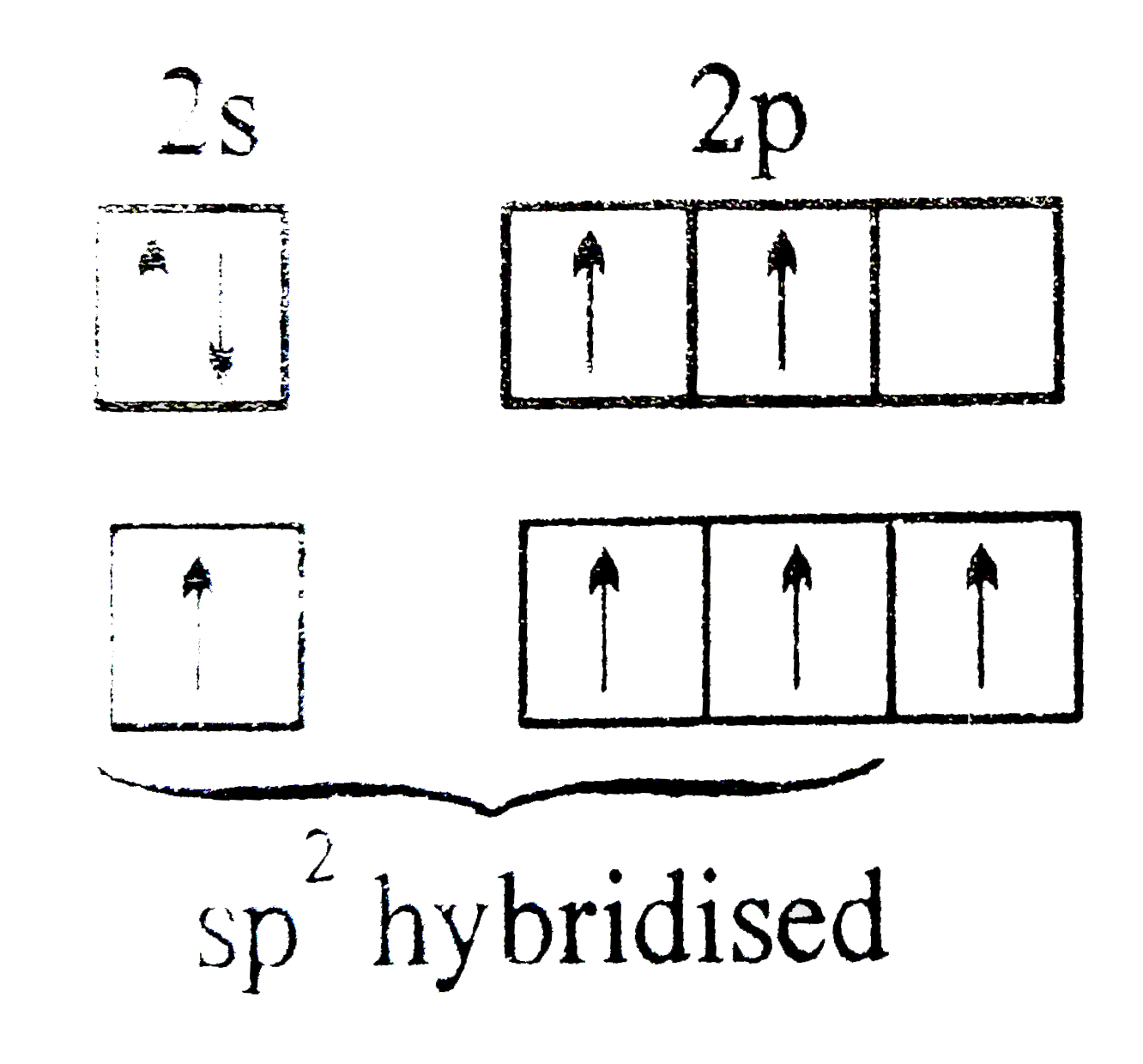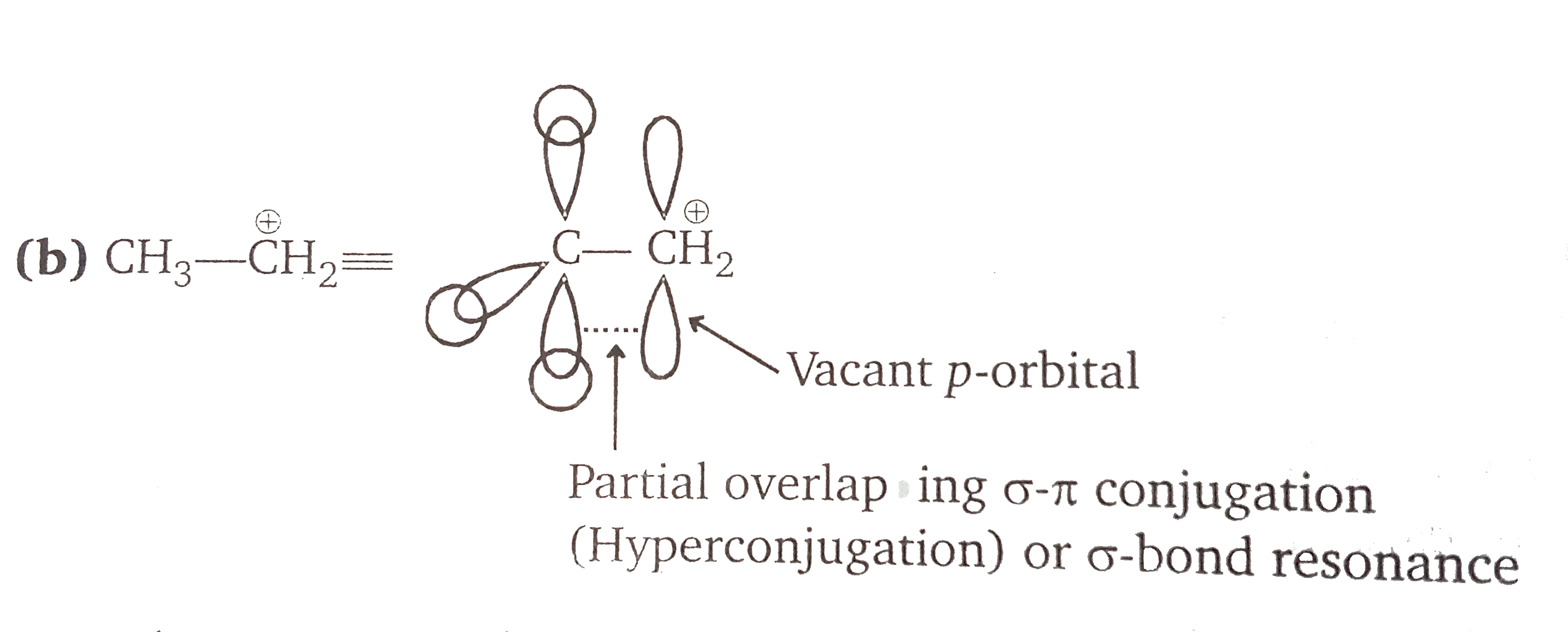How many carbon hydrogen bond orbitals are available for overlap with the vacant p-orbital in ethyl carbocation?
A
0
B
3
C
5
D
6
Video Solution
Text Solution
The correct Answer is:b
|
Updated on:21/07/2023
Topper's Solved these Questions
- BOOK - MS CHOUHANCHAPTER - HYDROCARBONS (ALKENES)EXERCISE - Level 1 (Q.1 To Q.30)1videos
HYDROCARBONS (ALKENES)
- BOOK - MS CHOUHANCHAPTER - HYDROCARBONS (ALKENES)EXERCISE - Level 1 (Q.61 To Q.90)2videos
HYDROCARBONS (ALKENES)
- BOOK - MS CHOUHANCHAPTER - HYDROCARBONS (ALKANES)EXERCISE - Level 1 (Q.31 To Q.50)1videos
HYDROCARBONS (ALKANES)
- BOOK - MS CHOUHANCHAPTER - HYDROCARBONS (ALKYNES)EXERCISE - Level 1 (Q.1 To Q.30)2videos
HYDROCARBONS (ALKYNES)
Similar Questions
Knowledge Check
- Question 1 - Select One
Ethylene molecules is formed as a result of sp2 hybridisation of carbon. Each carbon atom is excited state undergo sp2 hybridisation giving rise to three hybrid orbitals each. These hybrid orbtals lie in the xy plane while the fourth unhybridised orbital lies at right angles to the hybridised orbitals. in the overlap ethylene two hybrid orbitals, i.e., one from each carbon atom from a sigma bond by head on overlap while the remaining overlap with hydrogen atoms. the unhybridised p-orbitals undergo sidewise overlap to from a π -bonds
Ground state of carbon atom
Excited state of carbon atom
The molecules of ethylene is planar

If molecular axis is z axis thenApx−px→π bondBpz−pz→σ bondsCpy−py→π bondDAll the above are correct - Question 2 - Select One
Ethylene molecules is formed as a result of sp2 hybridisation of carbon. Each carbon atom is excited state undergo sp2 hybridisation giving rise to three hybrid orbitals each. These hybrid orbtals lie in the xy plane while the fourth unhybridised orbital lies at right angles to the hybridised orbitals. in the overlap ethylene two hybrid orbitals, i.e., one from each carbon atom from a sigma bond by head on overlap while the remaining overlap with hydrogen atoms. the unhybridised p-orbitals undergo sidewise overlap to from a π -bonds
Ground state of carbon atom
Excited state of carbon atom
The molecules of ethylene is planar

sp2 hybridised 'C' atoms are present in ethelene areA2B1C0Dnone of these - Question 3 - Select One
Lateral overlap of p-orbitals leads to the formation of
Aπ-BondBMetallic bondCσ BondDIonic bond
How many hybrid orbitals are used for bond formation in SF4 ?
View SolutionLinear overlap of two atomic p-orbitals leads to a sigma bond .
View SolutionName the covalent bond formed by axial overlapping of atomic orbitals.
View SolutionHow many parallel p−orbitals are present in pyridine.
 View Solution
View SolutionNo. of sigma bonds in ethane formed by the overlap of sp3 and s orbitals is
View Solution


